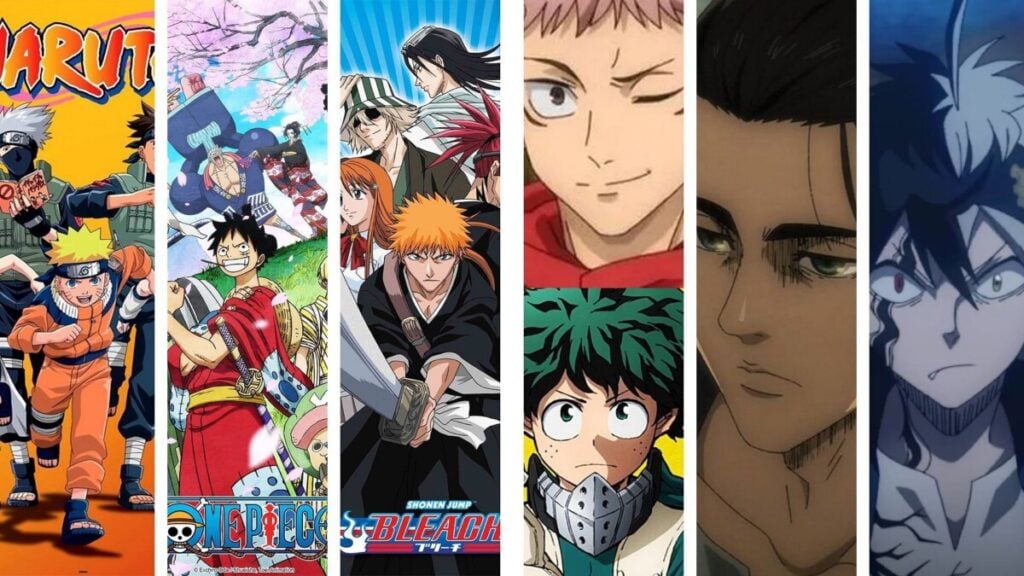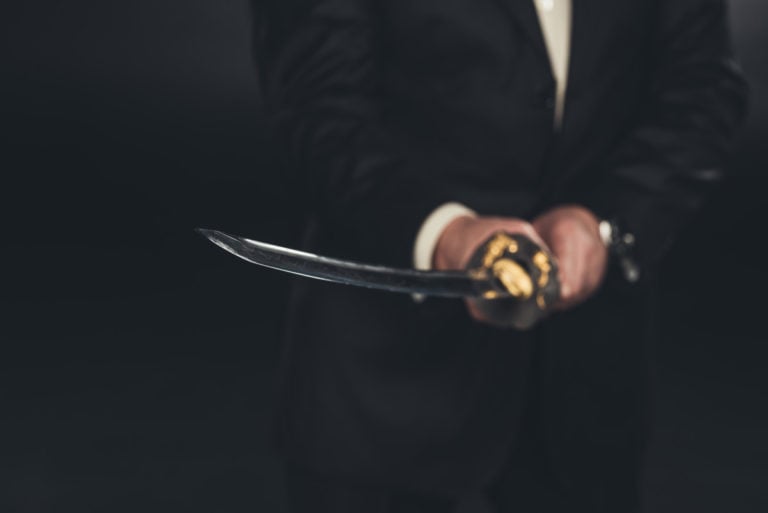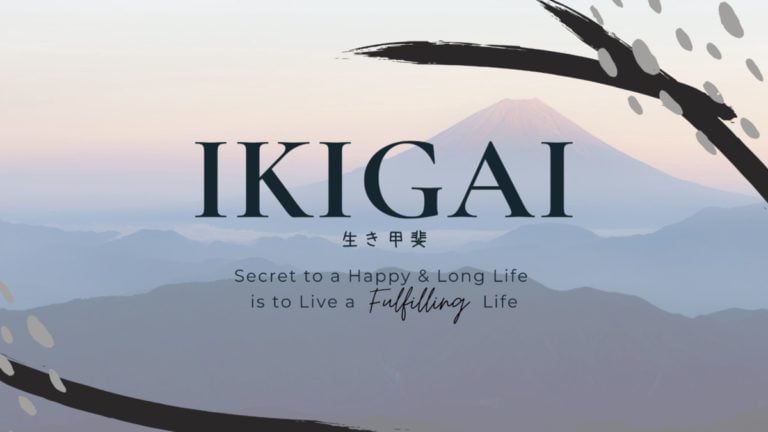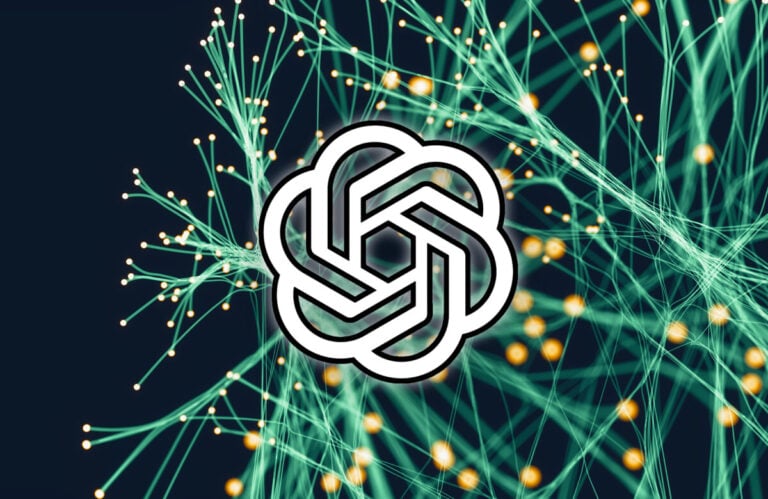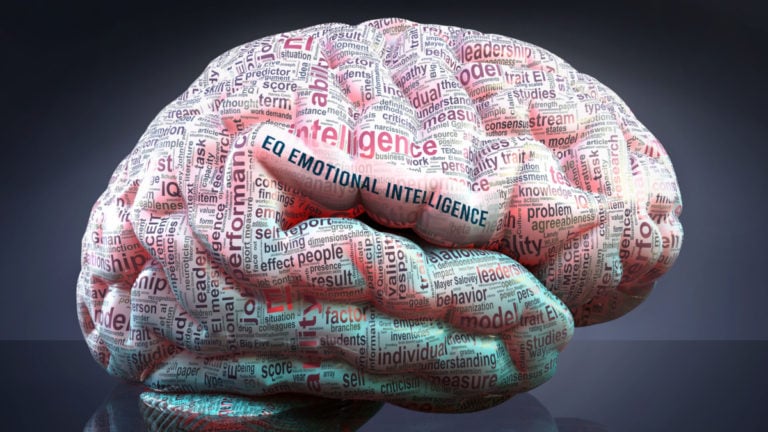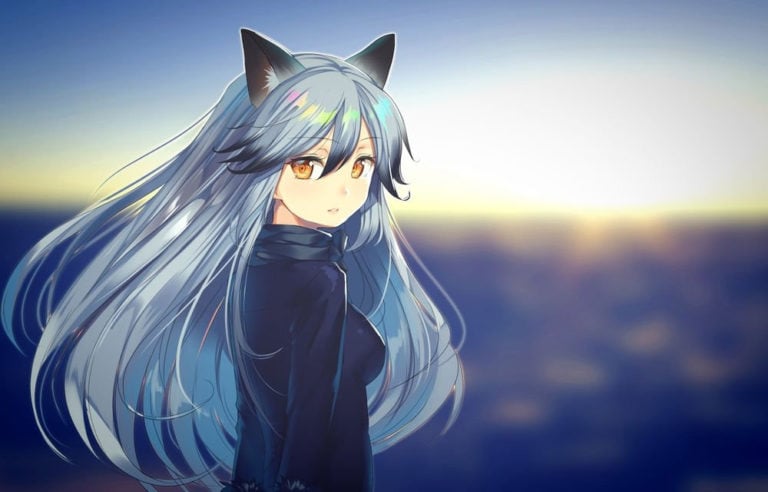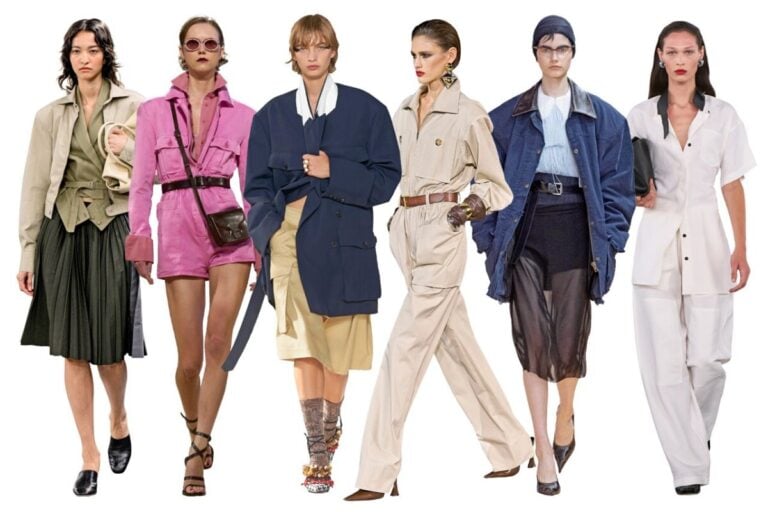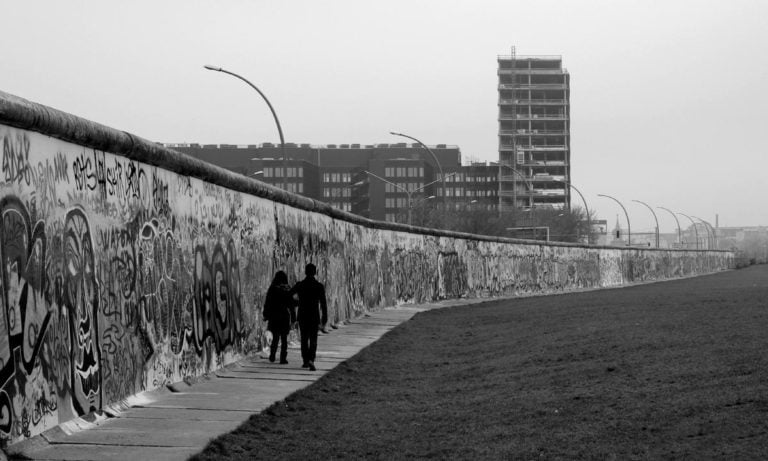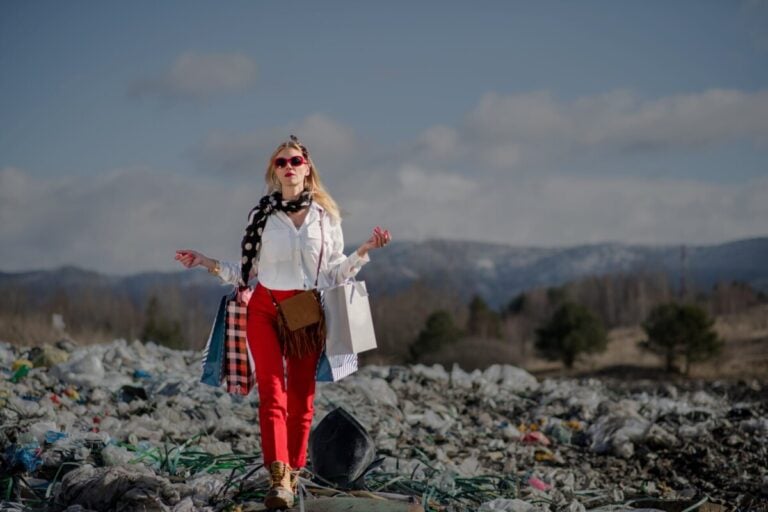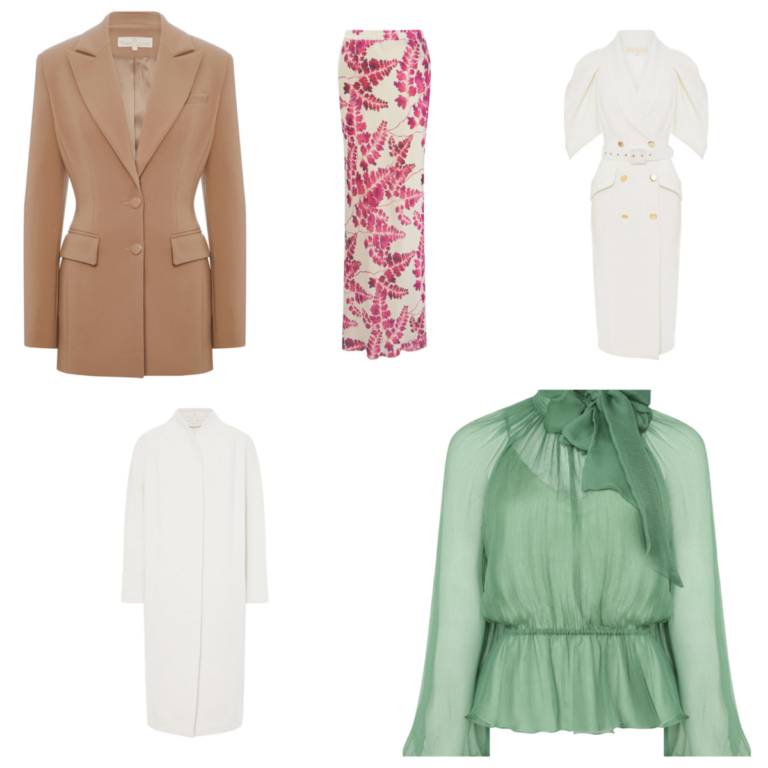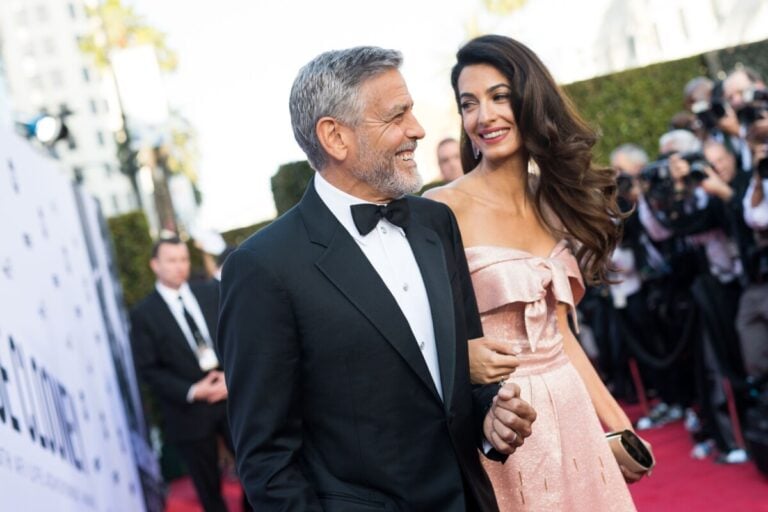Manga are Japanese comics with unique plots and original drawing techniques, associated as a separate cultural trend.
In them, as in European comics, an original tandem of textual content and images is used to illustrate the plot. But text-graphic mangas are far superior to Western comics in terms of specific manners and execution features.
They feature a variety of exclusive visual language options and genre styles to tell a specific story within a work. Moreover, some of them are unique to manga. This makes this direction unique.
In Japan, almost the entire population prefers to read manga – from schoolchildren to businessmen. It is published in different genres with an orientation exclusively for adult or children’s audiences.
The history of manga
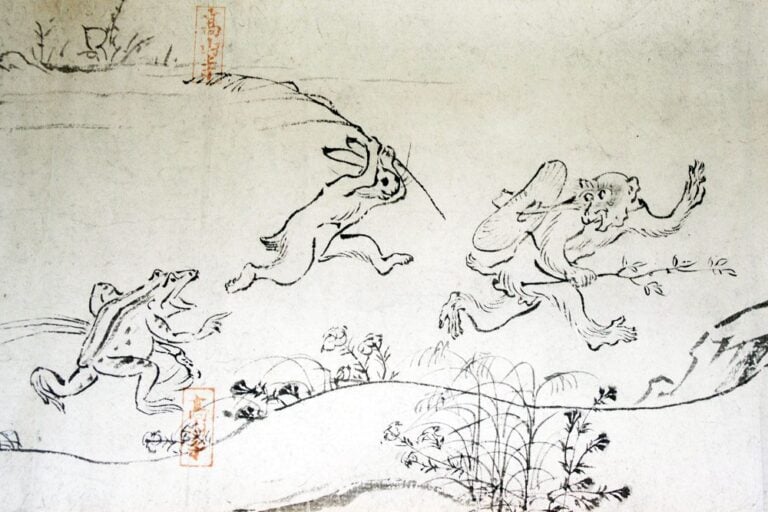
Over time, pictures with such illustrations began to spread widely throughout all Japanese regions. At first they were special engravings, and later – scrolls with stories in drawings.
At the same time, the author, telling the story, provided the listeners with pictures, unfolding and folding them from different ends of the scroll.
The subsequent development of “illustrated stories” continued into the legendary age of the Edo Emperor (1603 to 1853). At that time, Japan was led by a military government – the shogunate. This time was characterized by strict regulations in all aspects of life. In addition, the country was completely isolated from the rest of the world’s states.
In addition, this period was marked by calm and truce, which led to the Cultural Revolution. During this era, engravings made in the style of “ukyo-e” – “illustrations of mortal life” – gained popularity. They depicted various scenes of the “changeable world” with a tinge of slight pessimism due to the transience of life.
In addition, Hokusai wrote and published a special textbook on manga drawing techniques – “Edehon Hokusai Manga”. It served as a drawing tutorial for beginning Japanese comic book authors.
Hokusai’s painting style was copied by many famous artists in the future. Thus, this cultural movement has gained worldwide fame.
The year 1820 was a turning point in Japanese history. Ruler Meiji, a supporter of major reforms in the country, came to power. At this time, the influence of Western progressive trends increased noticeably. At the same time, European comics began to be widely supplemented with the manga style, and manga with Western drawing techniques.
Manga’s full potential as a propaganda tool was realized under Hirohito’s rule. Almost all manga at that time glorified the national values and traditions of Japan.
However, these ideological shackles were removed after the country’s surrender and defeat in World War II. The rapid development of manga began, the current style of which was largely predetermined by the famous artist Osamu Tezuka.
With the help of a graphic-symbolic language, formed over many centuries, it was possible, through a few simple strokes, to express not only the characteristic features of the heroes, but also to convey their specific emotions.
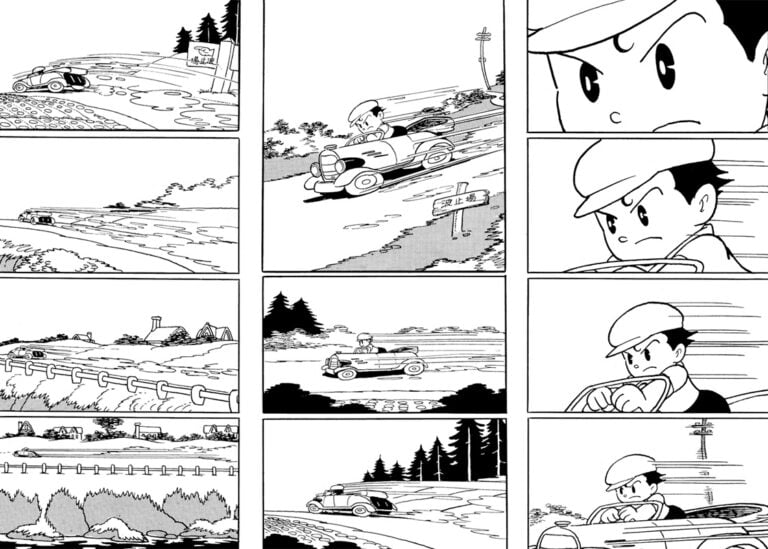
The manga created in this way began to be perceived as the standard of the animated film. At the same time, it presented a rather interesting and complete work.
Over time, this type of Japanese comics gained tremendous success, which was reflected in the sale of a large number of copies (more than two hundred thousand copies). This author’s approach to creating manga produced a revolutionary revolution.
It simultaneously combined the absence of traditional cliches, an animated graphic style, and serious and complex plot stories. This trend became quite attractive to many young authors who tried to emulate Tezuka’s signature style.
This stylistic direction was expressed in a disproportionate depiction of the body and large stereotypical eyes. Due to this unique feature, one could easily recognize manga made in the Japanese style and not confuse it with European comics.
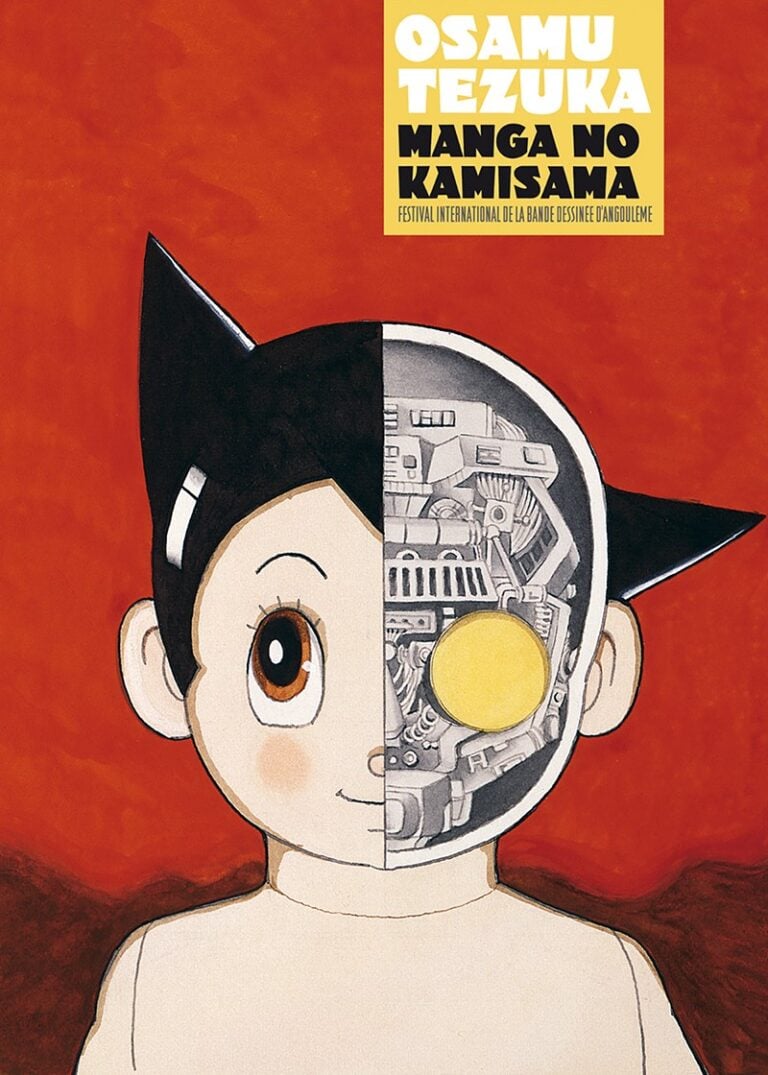
In addition, this famous artist defined another important characteristic of manga. It consisted in the thematic division of a given cultural movement into different groups of audiences according to the specific purpose of the illustrated stories.
Until this time, Japanese comic books were most often published with children’s themes. However, with the advent of special publications that published only manga, this artistic direction began to be perceived differently.
The final division of manga by target audience was determined in the 70s.
Key differences between manga and comics
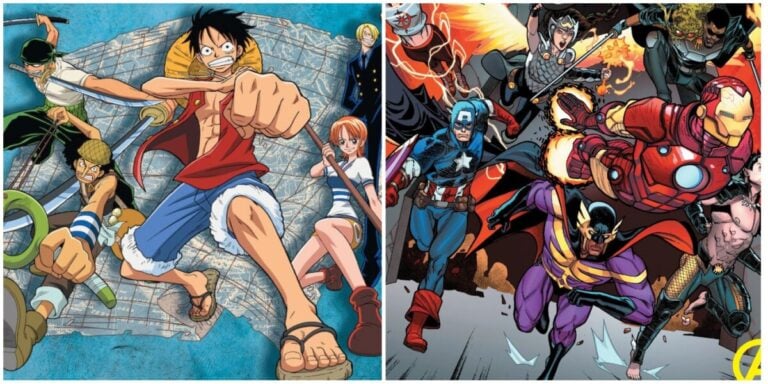
The circumstances of this factor are quite banal – in manga brochures, all works, as a rule, are published in only one chapter. In this case, they are expected to continue printing after a certain time. In this case, the absence of a color format not only significantly reduces the cost of creating the next chapter, but also significantly speeds it up.
There are also other reasons. The entire work is drawn and written by one author, which means a lot of work. The absence of multi-colored pictures makes this task much easier.
However, regardless of the presence of only two color shades in the plot, the manga is incredibly expressive. Thanks to the many years of development of graphic-symbolic language, it is possible to express the characteristic features of a character with maximum accuracy in just a few lines, conveying all his emotions.
To demonstrate the state of a character, Western comics will need to use several panels simultaneously, where the hero will express his emotions and feelings in some detail. In manga, this situation is usually conveyed using only a single panel, in which the background accompaniment and the character’s facial expressions will most accurately reflect all of his emotions.
Backgrounds are also considered a key difference between manga and Western comics. European artists, as a rule, try to depict the background content in the background in sufficient detail.
At the same time, Japanese authors prefer only general hinting features. They often use a flash of light as a background, or draw stars or butterflies. This artistic technique helps the viewer to better understand the hero’s feelings by giving the illustration the necessary emotional focus.

The character’s large eyes are a symbol of his naivety and selflessness. The reader associates a hero with narrow eyes as an unkind and secretive person. A character wearing glasses symbolizes his duplicity. His eyes seem to be hidden, that is, he is not as simple as he seems at first glance.
In European comics, eyes are depicted more schematically. In this case, the authors mainly try to convey the character and emotions of the hero through his appearance or through text.
In the manga, an original technique related to the Asian tradition of depiction is used for this. It is based on the proportional deformation of the hero’s silhouette. At the same time, the plot itself is most often depicted in the manner of realism. This trend is associated with the ability to intuitively quickly convey emotional sensations and the effect of reviving a character.
In manga, significant attention is paid to the emotions and feelings of the characters. A special symbolic language is used for this. With its help, it is possible to absolutely accurately express the most vivid emotions.
It is quite labor-intensive and difficult to depict each emotional change in the face in as much detail as possible. In this case, various techniques for deforming the body, as well as facial expressions of the mouth and eyes, help to create the desired effect. The optimal combination of conventions and realism on one panel requires high skill from the artist.
To give the manga a cinematic illusion, a special technique of motion transfer is used. Typically, Japanese authors draw an object in a stationary state, and in the background of it special lines are drawn that indicate the trajectory. This drawing technique was later used by comic book artists from America.
One of the significant differences between European comics and manga is the placement of panels on the page of a printed publication. That being said, Western comics tend to be read in a left/right direction. In them, the panels are arranged in a certain order – top/bottom and left/right.
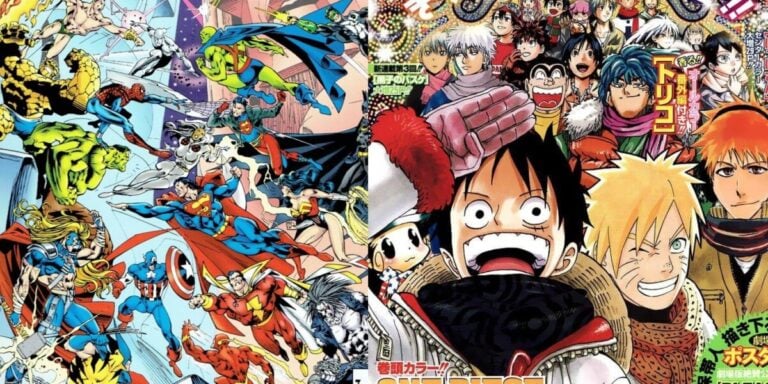
Another important characteristic of the manga is that many of the panels do not have precise borders or are placed on top of each other. This is due to the possibility of a more simplified transition from panel to panel and faster coverage of the image.
In addition, the differences between manga and Western comics also concern the content of the plots. European masters use the technique of illustrating scenes with the simultaneous involvement of several characters and a significant amount of “action”.
Asian authors strive to portray individual characters with their emotions and feelings. They achieve this through detailed elaboration of the transfer of emotional sensations visually in exact accordance with the plot of the story.
Formats, themes and genres of manga
The key feature of manga is that the graphic style and plot of the story are determined not by the variety of its genre, but rather by the audience of readers. In this case, their approximate age and gender must be taken into account.
Manga is divided into separate categories according to formats and thematic areas. They are fundamentally different from each other, so they should not be confused.
Varieties of formats
Kodomo manga
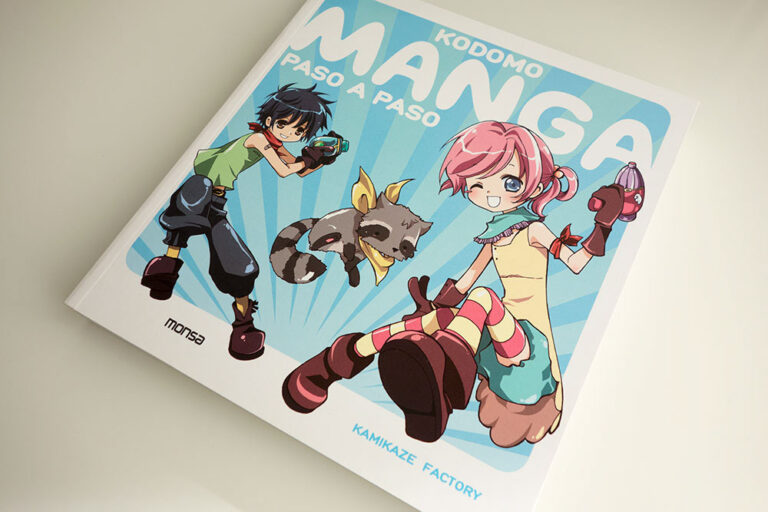
Key Features:
- These works contain a large amount of fantastic plots.
- All drawings are made in a soft emotional form.
- They do not contain harsh scenes of mutilation and violence.
- They are most often made in the cartoon genre.
- Simple pictures with images of children’s themes and lack of ideological content are used.
- The presence of pronounced contour lines with simple background filling is noted.
Shounen manga
Key Features:
- This format variety is distinguished by a large number of dynamic plots with the presence of battles and fantasy. There are also illustrations of battles in which opponents often injure each other.
- Demonstrates ideas of determination to find a way out of any difficult situations.
- Such manga involve the simultaneous use of thin and thick contour lines. The author uses thin lines to depict the characters’ faces and clothing, and thick lines to outline the characters.
- In this case, the style of realism is used, however, artists often draw characters using techniques for correcting geometric proportions.
- The background content is usually depicted clearly and brightly.
Shoujo manga
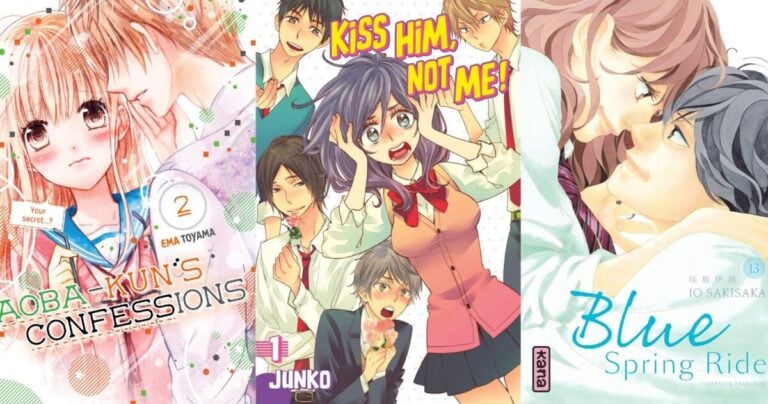
Key Features:
- In such works, much attention is paid to the feelings of the characters. There is a lot of romanticism.
- In this case, thin and thick lines are used. Many artists prefer to use more fine lines to create such manga. However, more complex illustrations also use thick lines.
- Great attention is paid to the depiction of folds of clothing, eyes and hair. For this purpose, a realistic drawing style is used, but violations of the geometric proportions of the characters are also not excluded.
- Background filling is usually simple or conveys emotions and moods.
Seinen manga
Key Features:
- The plots are mostly based on fantasy, romanticism and social problems.
- All pictures are made in a realistic genre using thick lines in most cases.
- Thin lines are used to complicate the image and make it more realistic.
- In this case, the technique of violating proportions and simple drawing is almost not used.
- The background is filled with detailed details or is completely absent.
Josei manga
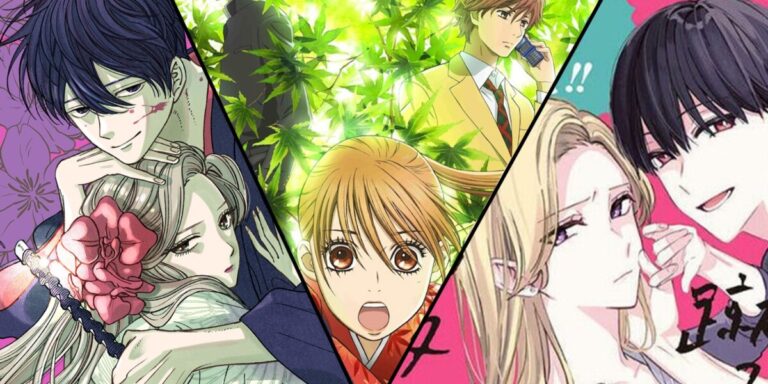
Key Features:
- In such works there are almost no fantastic plots, scenes of violence and battles.
- At the same time, European traditions prefer to depict stories with several characters simultaneously and the presence of a significant amount of “action.”
- In Asian manga, authors try to pay more attention to individual characters, their emotions and feelings. In this case there are many romantic scenes.
- Often produced in the style of melodramas and dramas.
- The use of both thin and thick lines is equally welcome. Thicker lines are used to form the contours of clothing and the face, and thinner lines are used to complicate and enliven the picture.
- The simplified image technique is often used to depict humorous scenes.
- Background accompaniment – simple or absent.
Thematic areas of manga
In this category of artistic genre, the themes are most often borrowed from cinematic plots or literary works. But there are also specific areas with characteristic features for manga, which were formed depending on the needs of the target audience.
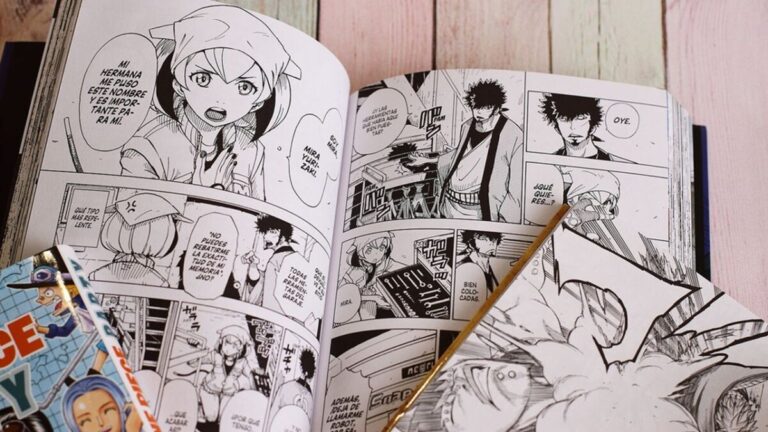
The main directions of manga by setting:
- Spokon – sports topics are covered with stories about the unstoppable aspiration of the characters to win high sports titles and awards.
- Maho-shojo – the main character is a girl with a magical gift who uses it to fight evil. Often several such characters are present in works at the same time.
- Mecha – this direction necessarily implies the presence of large combat vehicles and robots in the plots. It gets its name from the shortened Japanese slang “meka” (“mechanical”).
- Sentai – these stories feature a team of characters who face antagonism. Genre: American comics.
- Steampunk – worlds of alternative reality are shown, as well as the conflict quintessence between the traditional way of life and the technologies of the future.
- Cyberpunk – depicts fantasy worlds of the future and the use of artificial intelligence technologies that have replaced huge utopian corporations.
- Fantasy – tells about the replacement of many technologies with magic. The scenes feature a large number of magical dragons, giants and elves.
- Post-apocalyptic – stories of people’s lives in the conditions of the coming end of the world. The main characteristic is a lot of combat scenes.
- Space opera – about space worlds with alien civilization, the presence of aircraft and starships.
- Apocalyptic – we are talking about the coming end of the world due to various disasters – natural or man-made.
Manga genres
Based on the plots, there are the following Japanese comics:
- Detectives – they tell about the investigation of various crimes. Noir style is often used to create drawings to create a mysterious atmosphere.
- Dramas – in this case, the main emphasis is on the emotional experiences and feelings of the characters.
- Action – there are many action scenes with chases and shootouts.
- Comedies – stories are created on the basis of humorous plots in the grotesque style and the entertainment genre.
In addition, there are separate genres of manga – categories 18+ and samurai martial arts.
Opponents and supporters of manga
Manga has two opposing camps – opponents and supporters. Each of them tries to argue their opinion.
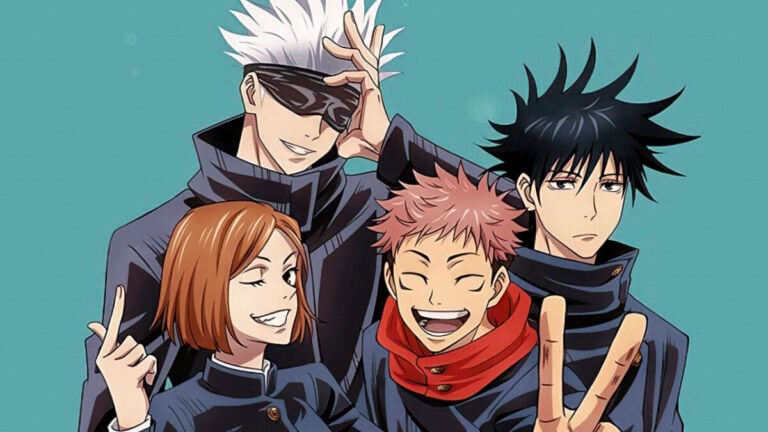
Supporters say that this movement is a shining example of the creativity of historical Japanese culture, and it must exist in modern life.
Opponents, who appeared back in the 50s, argue that these illustrated works began to dumb down young people, as they form superficial stereotypical thinking. In addition, they often contain scandalous themes.
Manga has a significant influence on world pop culture. Fashionable clothing and video games are created based on it, as well as TV series and films. This contributes to its incredible popularity and further attracts an audience of different ages.
Main factors of manga popularity
Japanese comics are widely known around the world, as they have a number of fundamentally important features:
- Artistic performance and personal style. Manga is easy to distinguish by its unique style. The main nuances are the characters’ large eyes, bright dynamics of movements and violent emotions. This style is preferred by lovers of graphic art and animation.
- Various topics and genres. Their list includes horror, fantasy, science fiction and romantic stories. Everyone has the opportunity to find comics according to their preferences.
- Complex plots and characters. Most works feature well-developed characters and unique plots that evoke intense emotional sensations in readers. They present various life and social aspects with a call for serious reflection.
- Availability. With the advent of many online services and digital platforms, manga is always available to readers anywhere in the world. In addition, almost all publishers try to release manga in various language versions. This contributes to a significant expansion of the audience and makes it possible to read without knowing the Japanese language at all.
Rules for reading manga
When starting to read manga, you should consider the following nuances:
- Direction right/left and top/bottom. Print publishers often produce versions with adapted translations in different languages, but at the same time preserving Japanese traditions in the original. They suggest starting reading from the end, that is, from the last panel (page), which is located at the top right. Then you should move to the center, and then move to the next line.
- Character lines. They are formed into bubbles, which are also read according to the previous analogy (right/left and top/bottom).
- Bubble format. Taking into account the underlying plot of the story, the shape of the bubbles varies. A bubble in the form of a cloud can set up peaceful emotions, an empty bubble means the character has no lines, a round shape and smooth edges indicate neutral emotions. A bubble with an angular shape indicates a sudden loud sound.
- Characters’ emotions. They can be understood from textual content, but are often expressed using special graphic techniques. For example, shame is depicted in the form of short lines, and anger is depicted in the form of shading on the cheeks and wide open eyes.
- Panel color. The black background of the picture indicates that the plot is about the past. The use of a gradient background with a transition from black to white or gray indicates a transition period from the past to the present.
- Arrows. You should definitely pay attention to them. They often indicate the direction of reading.
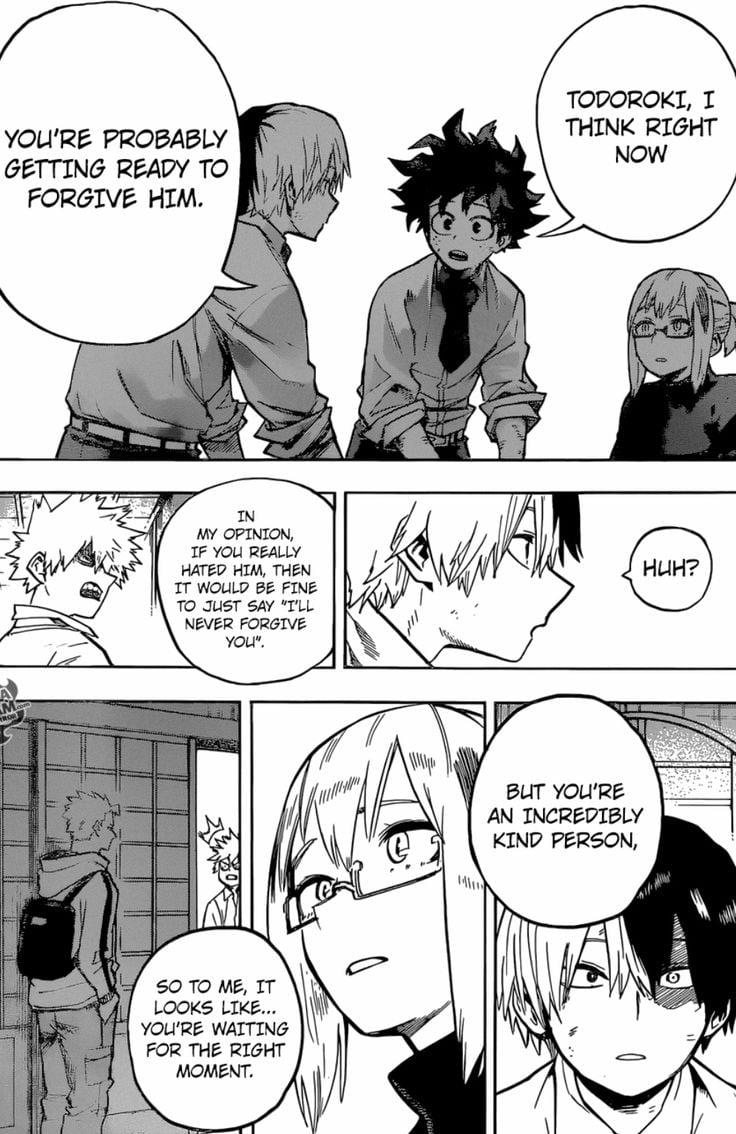
It is also necessary to take into account the sequence of release of chapters of the work. In this case, you can not miss all the details of the plot. The issue number must be indicated on the cover.
